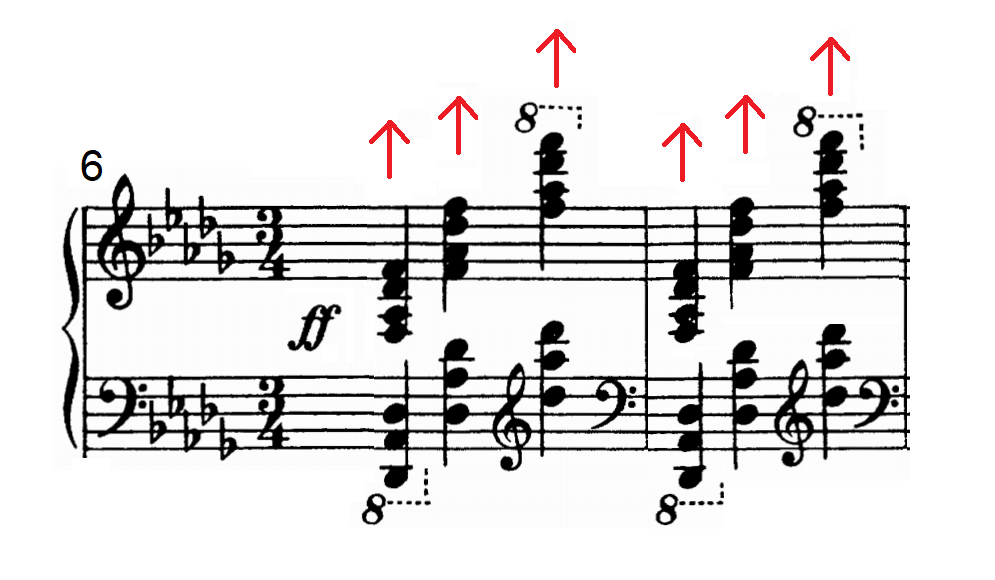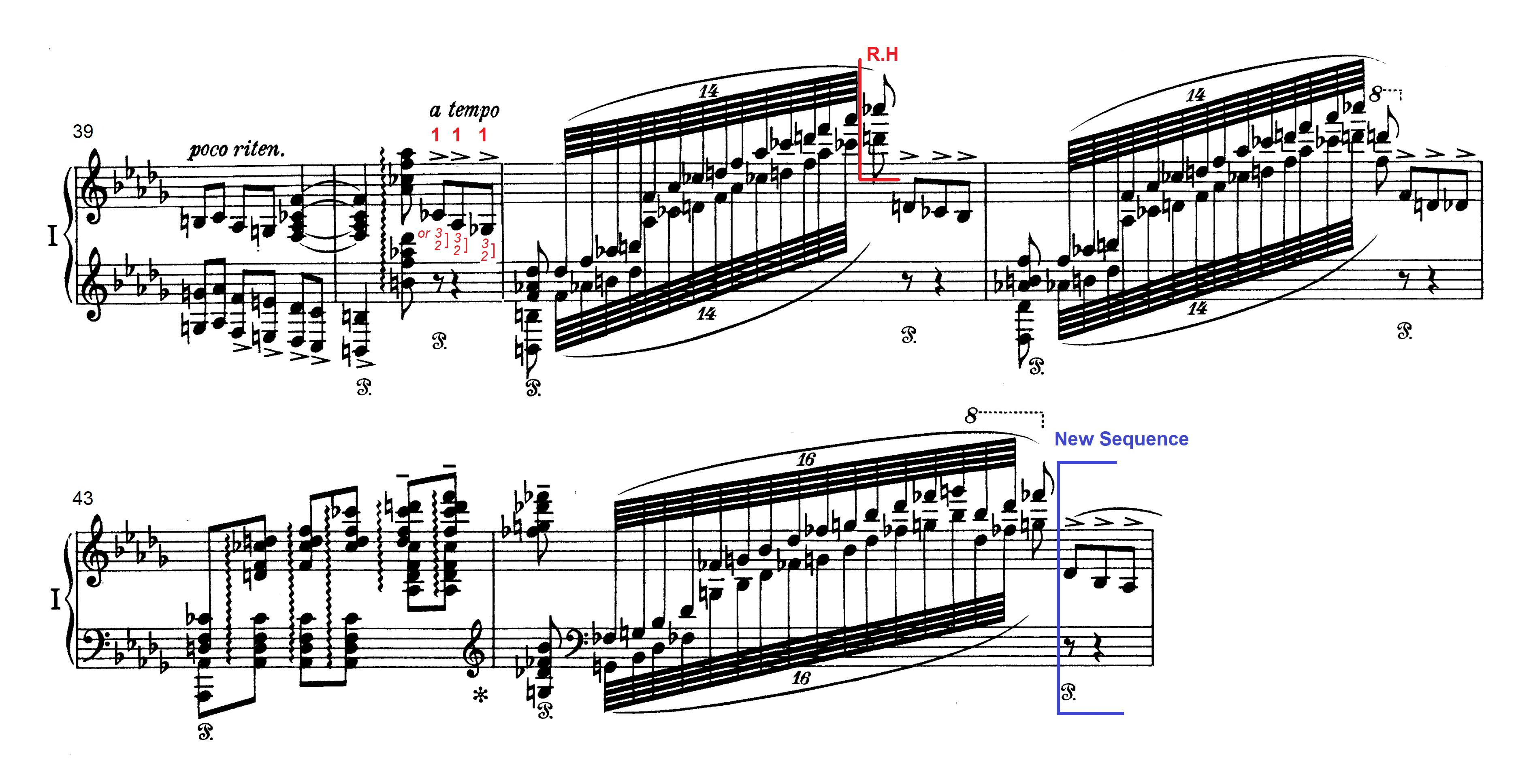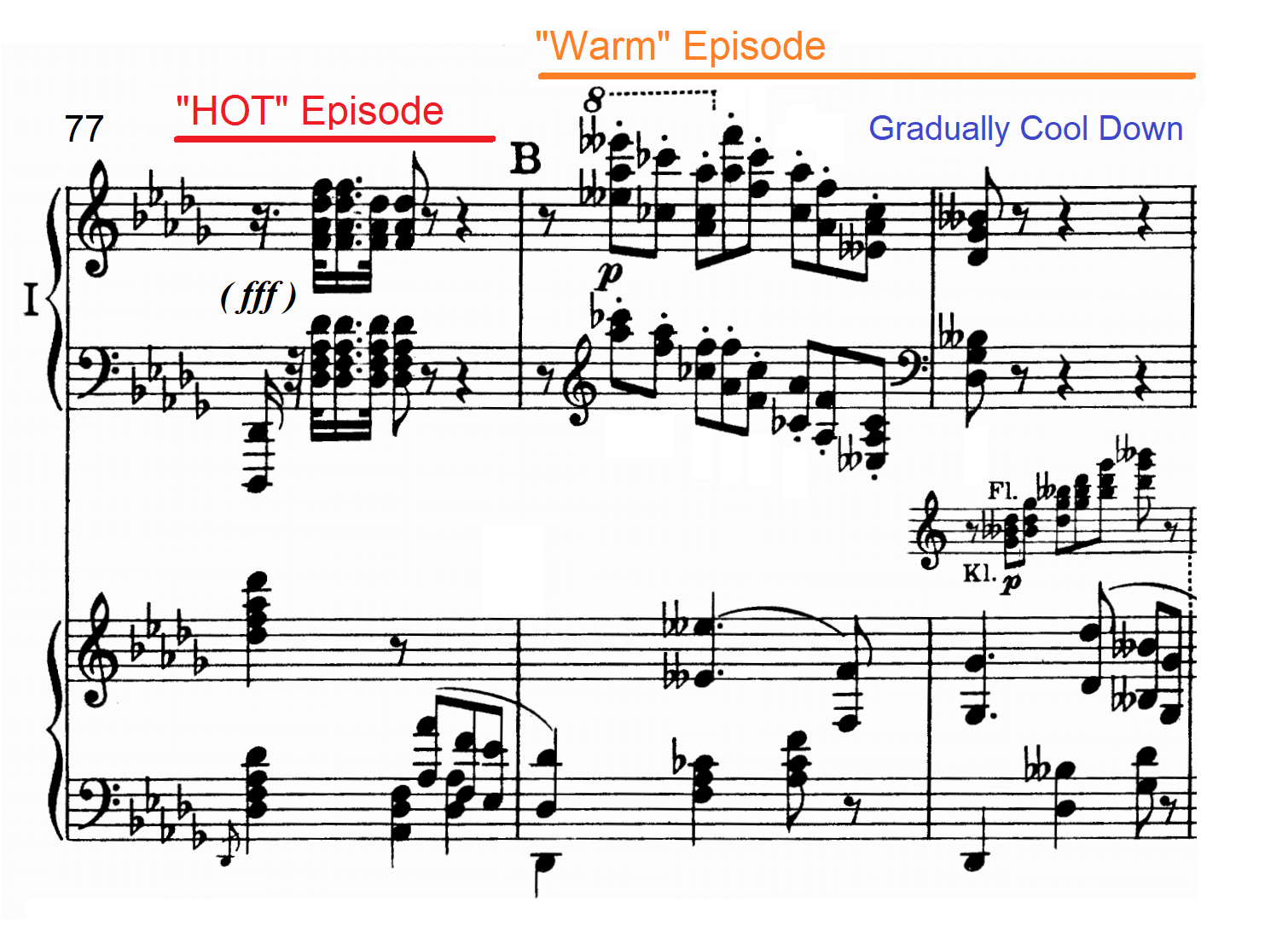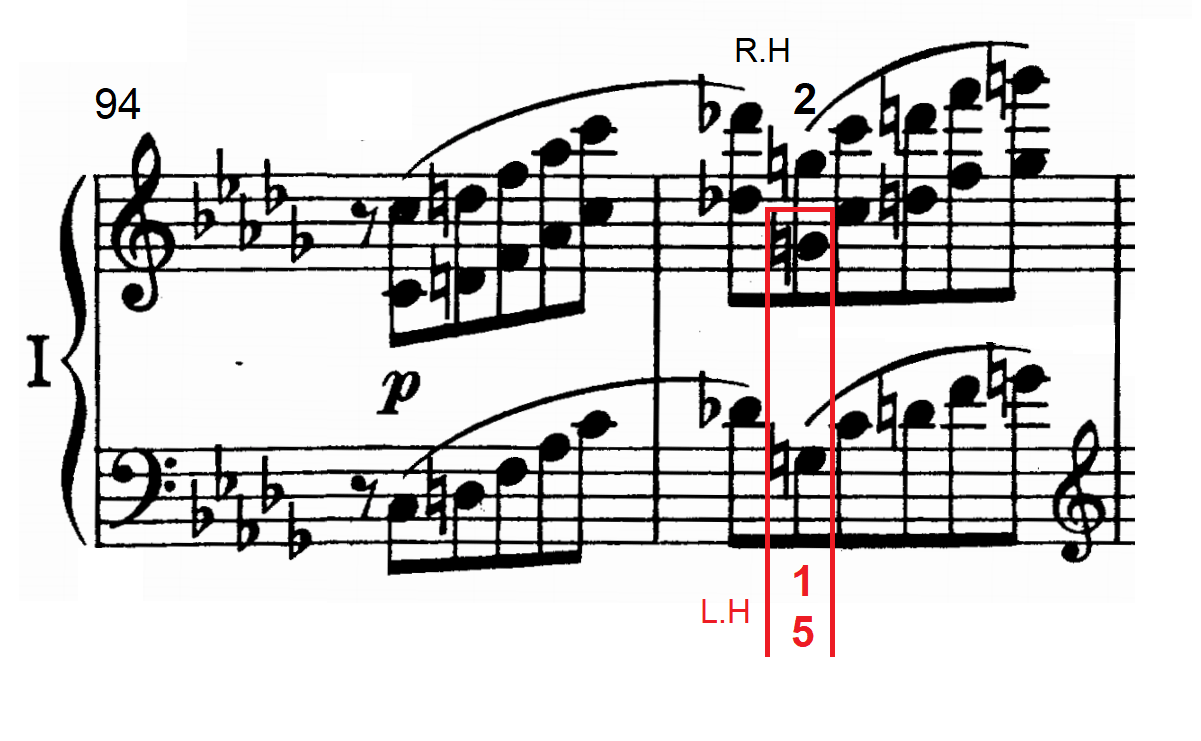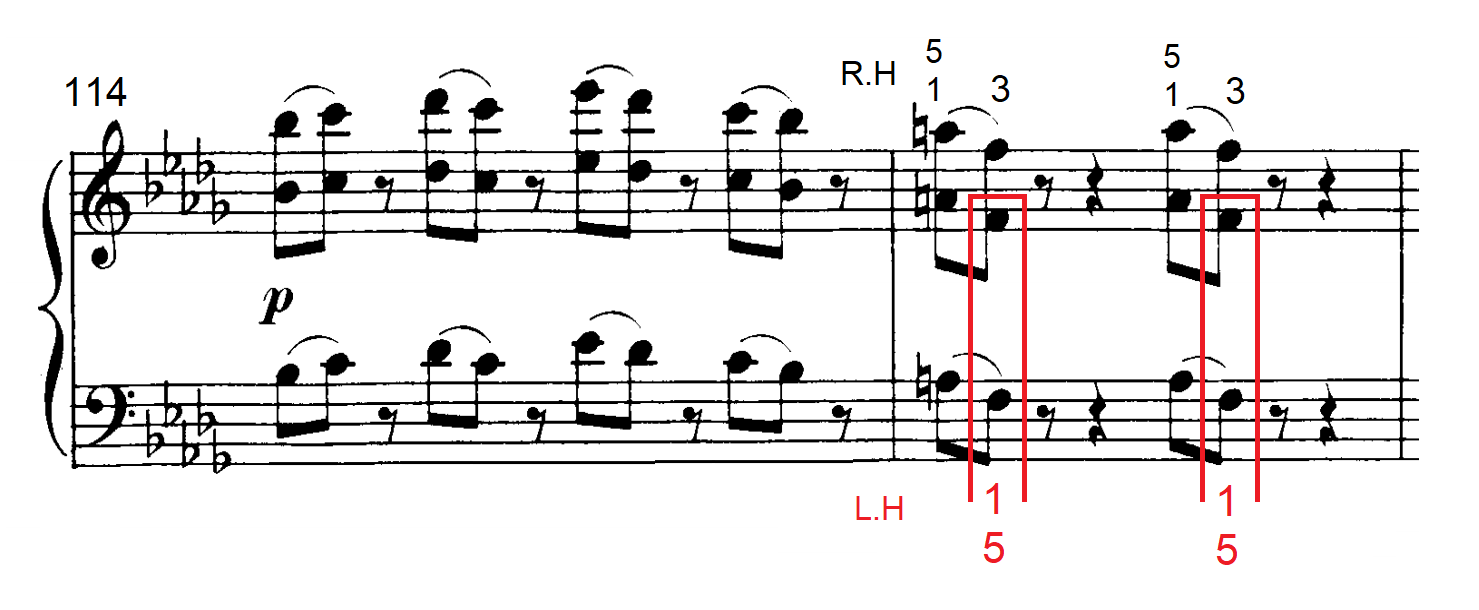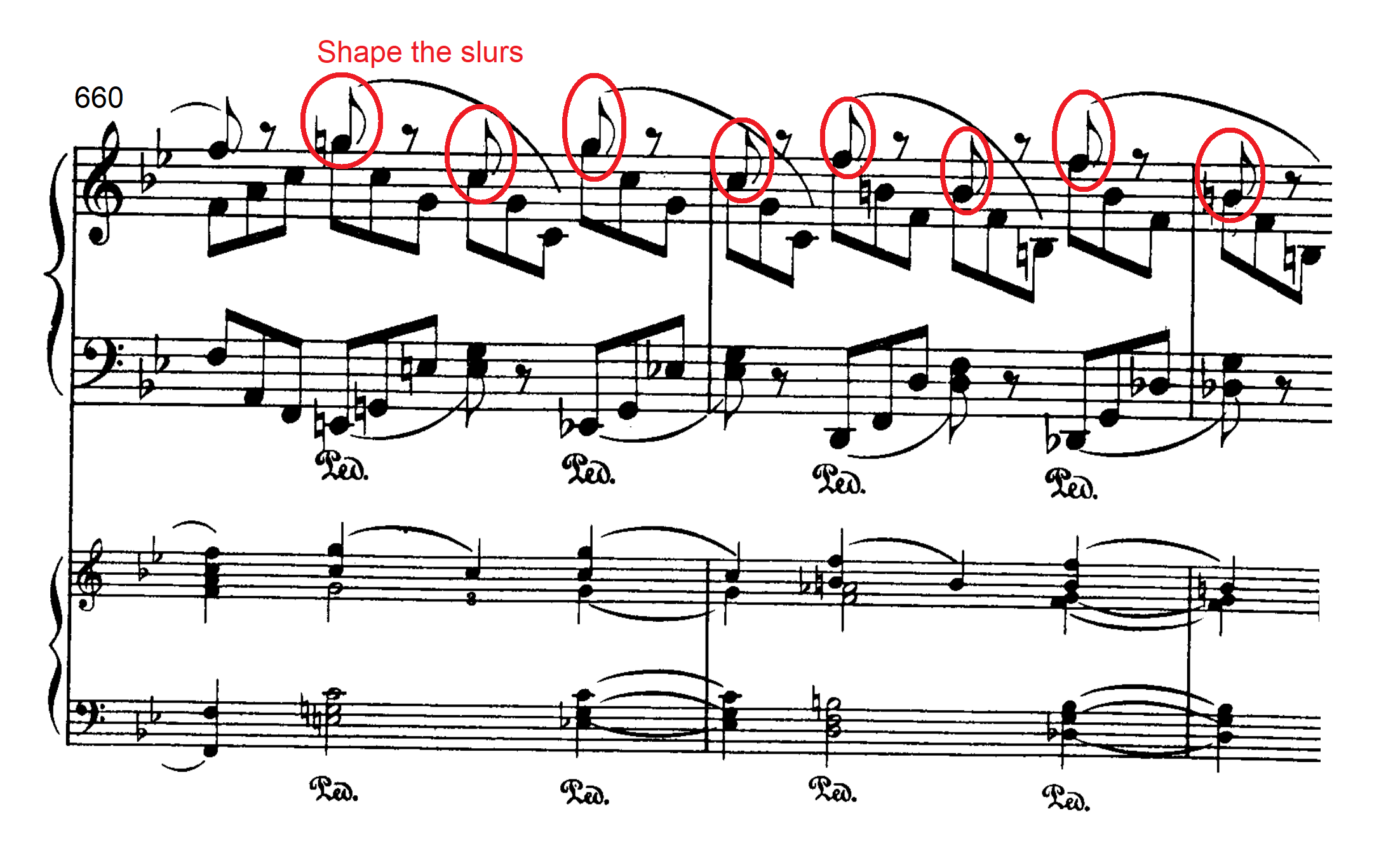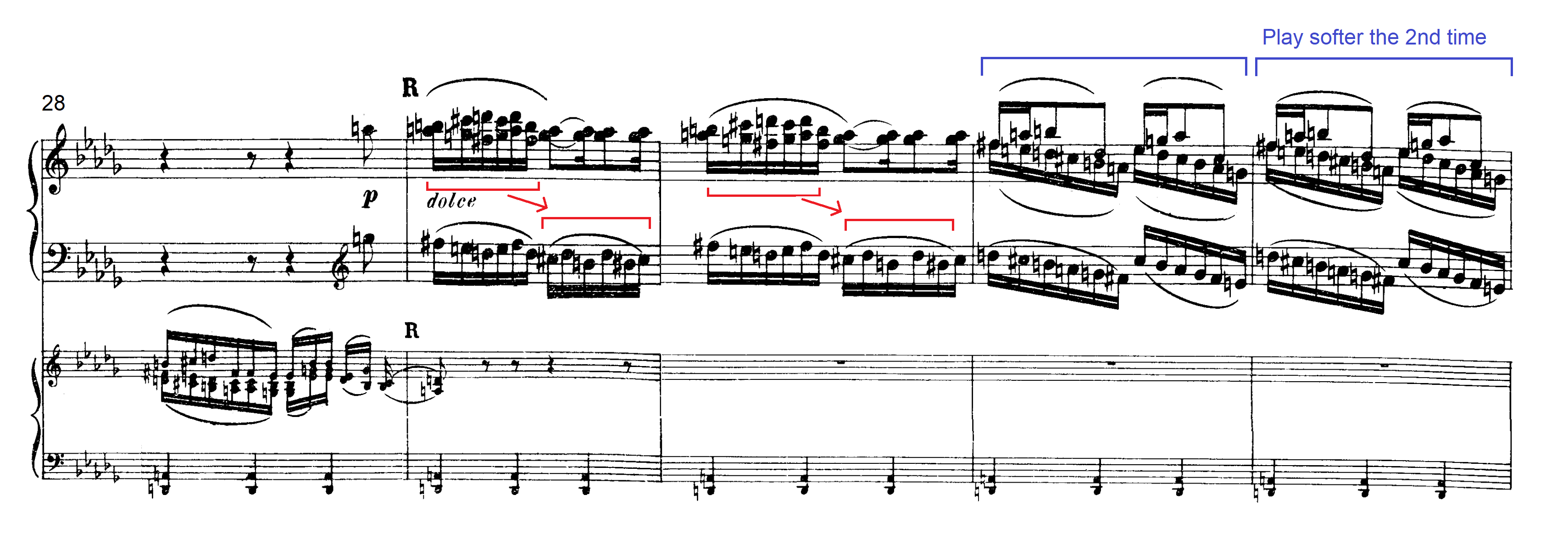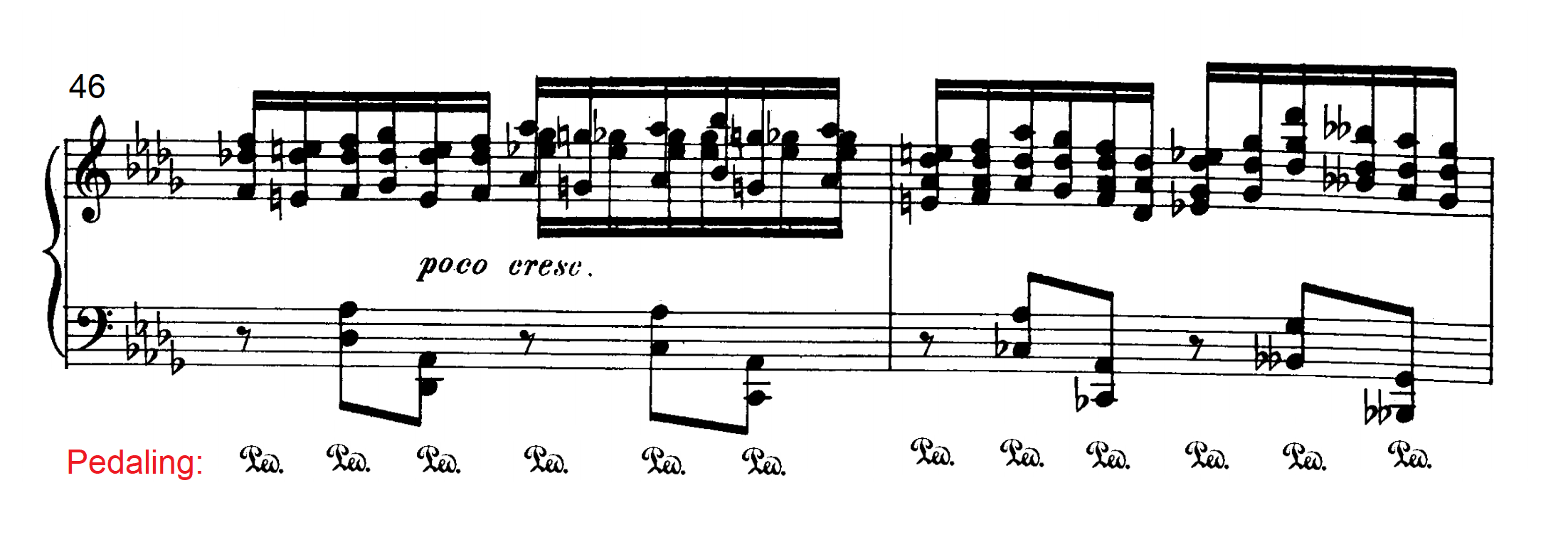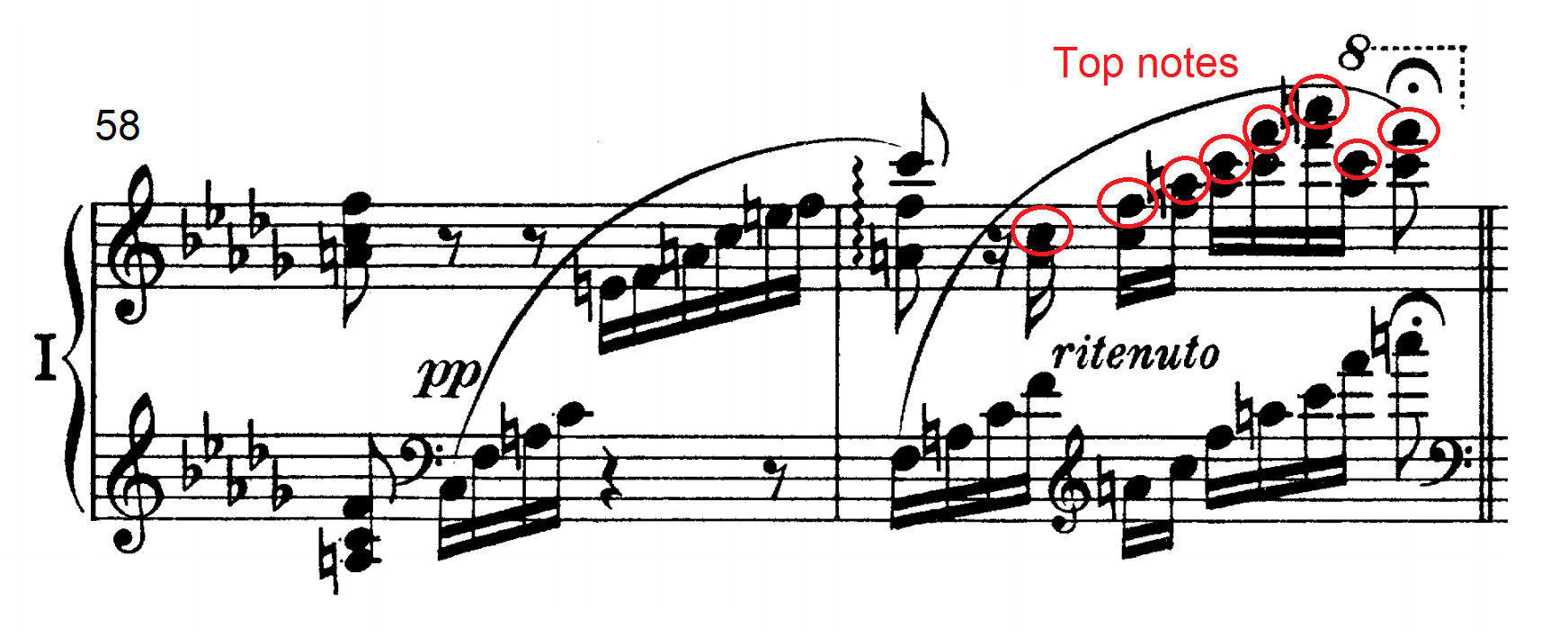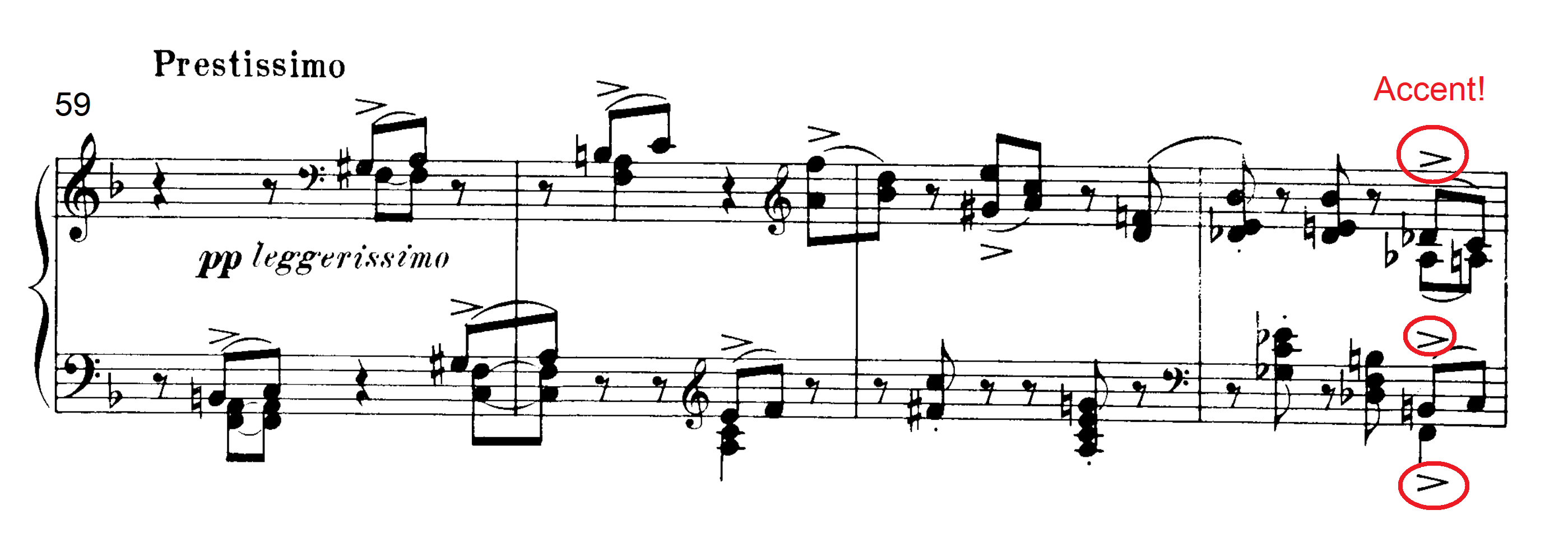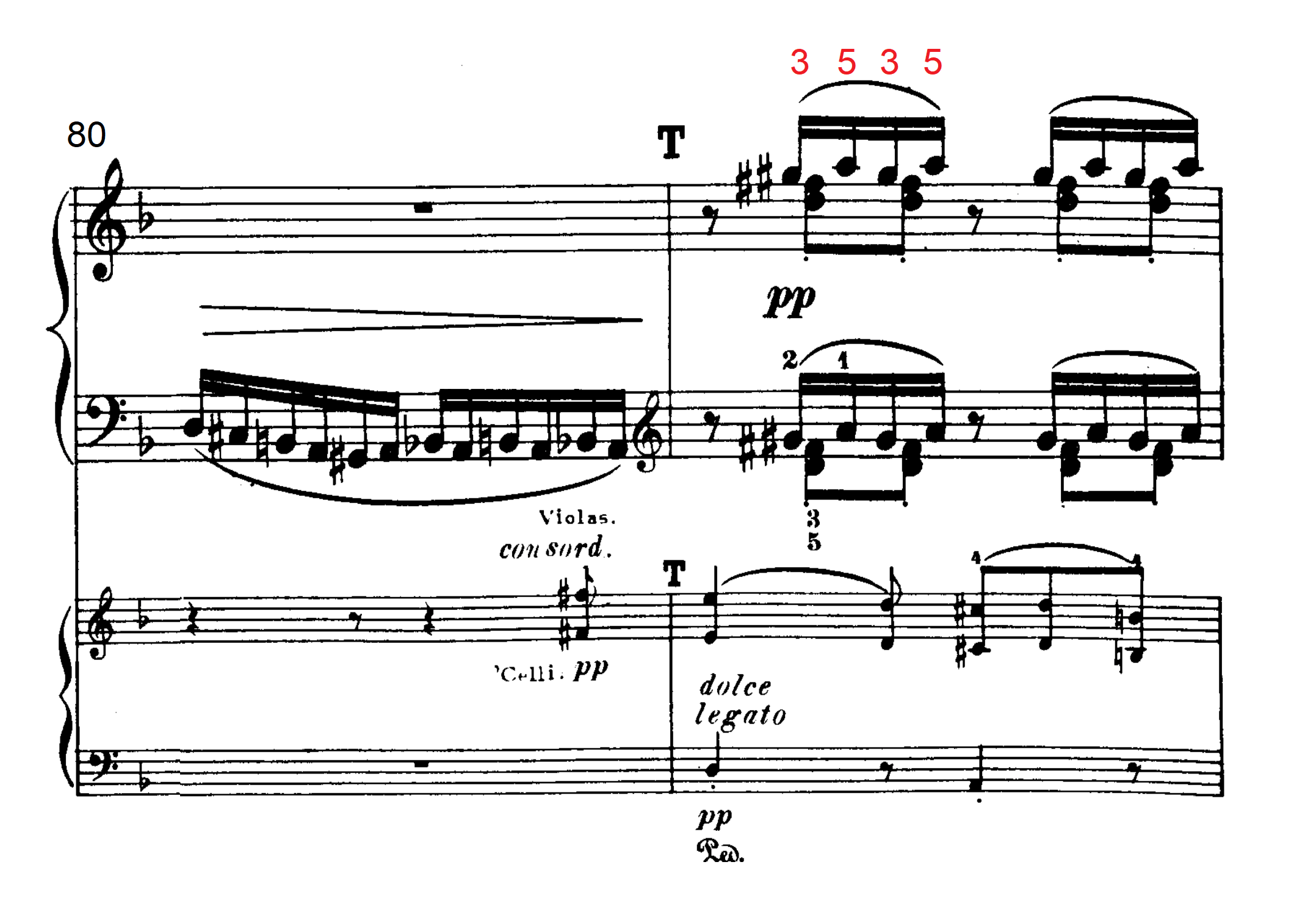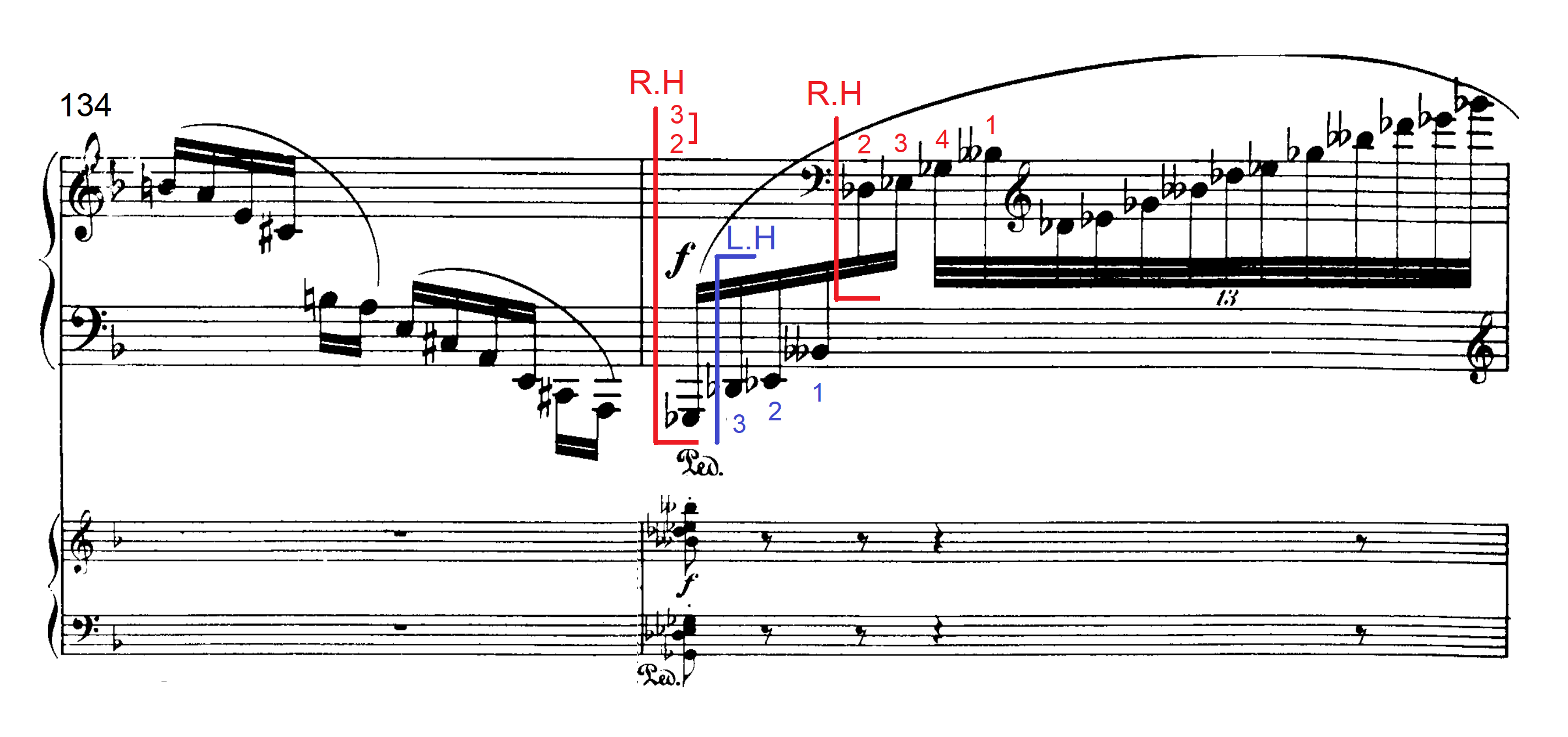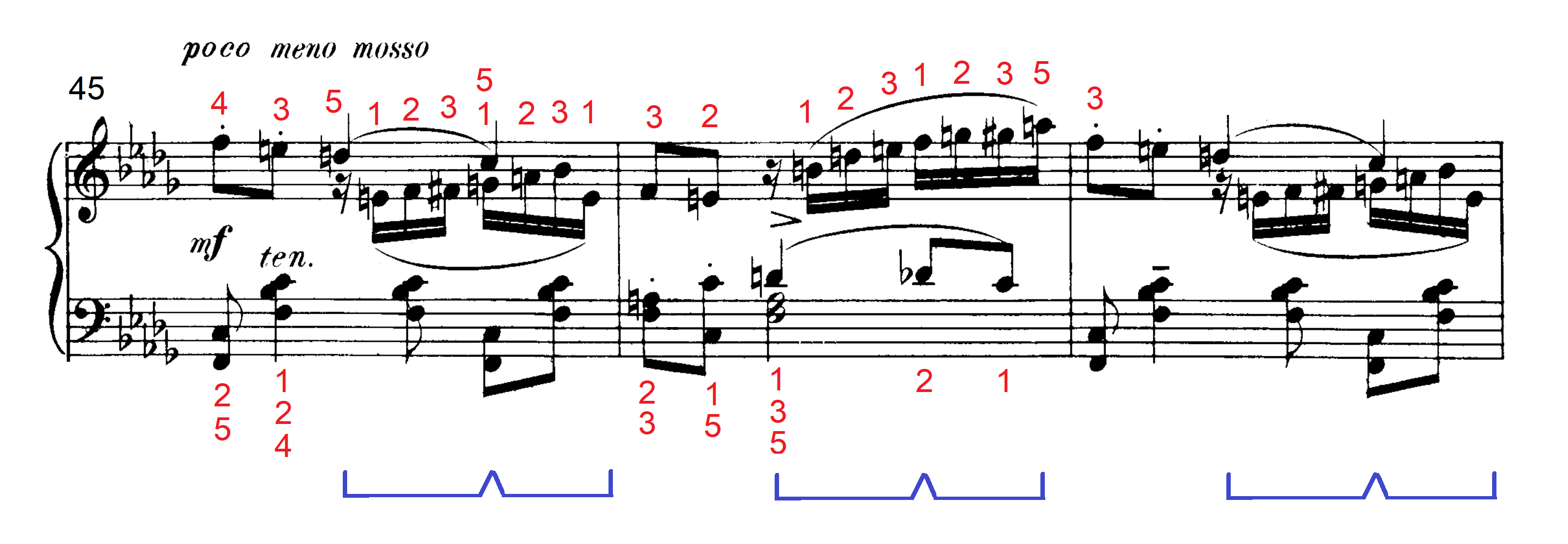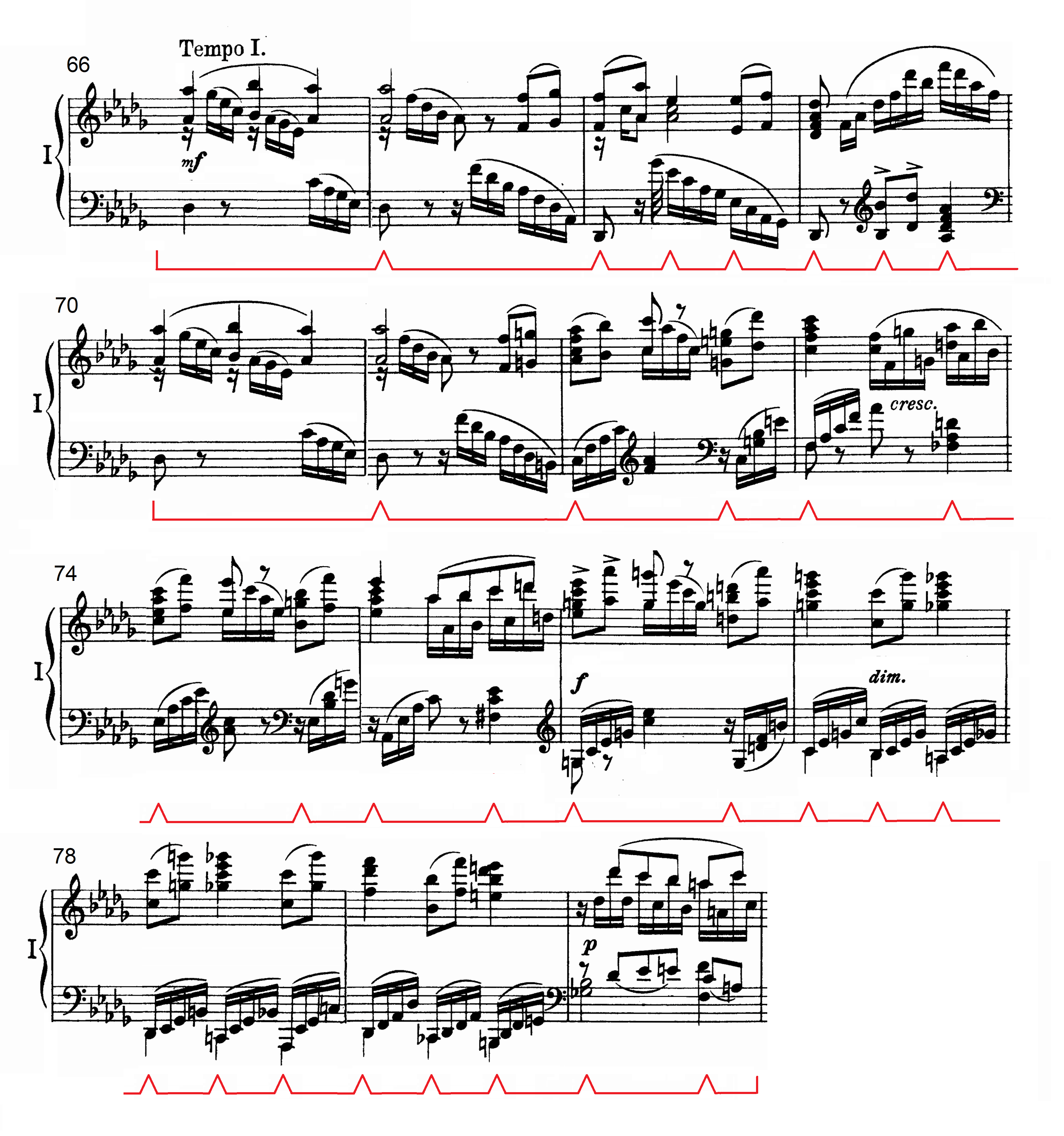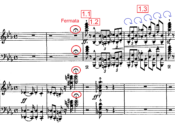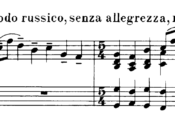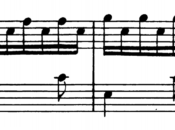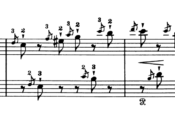Masterclass
Contents
First Movement (Andante non troppo e molto maestoso)
Make it as grand as possible. Not “fat”, but with elegance and a “noble” feeling. At the same time, keep it very strong.
Bar 6: Stay close to the keys and play with an “up” motion. Use your wrist as shock absorbers.
Bar 16: Build to this point to lead back to the return.
Bar 20-24: Don’t diminuendo. It’s not what the score says. Presentation of this theme finishes on bar 24. Keep it loud until bar 24 and don’t give up. Play those rolled chords like a wave of ten arms.
Bar 25: Shape the phrase. Crescendo.
Bar 26: Sing the chord [beat 2].
Bar 27: The octaves are legato. Shape the melody. Practice it with thumbs only, then pinkies only and then together.
Bar 36–39: There are bars. There is rhythm. Hear the sequences in it.
Bars 40-46: Then that first cadenza. The first sequence must be “less”, then more, then the most [leading to bar 44], and then start again.
The single notes are from the introduction. Imagine a powerful group of horns playing each note. Play this with the right hand only, using either 1 or a cluster of 2-3. And the last sixth must end together. Use one hand for the sixths so that the ending will be exact. And don’t “sit” there on the top note.
Bar 44-46: New Sequence. Begin “less” and increase dynamics per each bar.
Bar 48: Keep the last chord and top note strong! Then change the pedal, because the cadenza begins. In order to start the cadenza piano, you need to change the pedal.
Bar 58-60: Start quietly, then increase. And it’s a very dangerous place for conductors, because they don’t know where you are. So keep it metrical in bar 60.
Bar 78-85: You’ve just finished a very “hot” episode (bar 61-77). It’s still very “hot” in temperature. So think of “warm rain” when playing the descending chords and gradually cool down. Don’t play it too short. Use your wrist and the pedal. Make the top notes sound like little bells.
Bar 94-95: Take note of articulations. Tchaikovsky writes all that under one slur and then he writes all the two-note slurs [bars. 96–97] and staccatos.
Bar 95: Play the first G octave with the left hand for a smoother sound.
Bar 108: This is like the Gopak, the Russian dance.
Bar 115–116: Play the F octaves in the left hand.
Bars 142-145: Bring out the right hand chords.
Bar 160: Lead with the left hand. Shape the line.
Bar 163: Begin adding more pedal.
Bar 183: Less; close it.
Bar 192: After the long A, the Bb is less. Release.
Bar 196-202: Make it different at each repetition.
Bar 198–199: Make it different the second time.
Bar 204: End pianissimo.
Bar 234: The left hand starts again.
Bar 240: You have to give us the changes [the inner notes B -C-B -D, C-Eb -D-F]. Now build it. Start soft and gradually crescendo up.
Bar 244–246: Hear the chords. (Right hand chords)
Bar 262: Keep the last top note strong!
Bar 263: Play the C octave strong, like a statement. Then gradually dissolve out from bar 264. Keep the pedal down; and when it gets blurry, shake it out a little.
Bar 305: Like a harp.
Bar 376: Settle deep into each note.
Bar 382: Broaden over the top.
Bar 392: “Feel” the different registers.
Bar 400: It’s all one phrase; interlock the motives.
Bar 464: Don’t rush.
Bar 466–467: Strike the tops [right-hand, beats 2 and 4].
Bar 473: Start again.
Bar 521: Play wiith pedal.
Bar 567-568: Triple Forte! Keep the rolled chords strong and loud.
Bar 569: Start loud, and gradually decrescendo.
In the cadenza, there is a dialogue between two sides of one personality, arguing with each other.
Bar 571: This is one person (right hand lower part).
Bar 573: This is another person (right hand upper part).
They both argue. The lower part is “tense” and the upper part is “calm”.
Bar 579: The upper voice succeeds in “calming down” the lower voice. It continues and ascends into a “dream” (bar 588).
Bar 594: Like a music box.
Bars 609, 611, 613 and 615: Take the top note with the left hand.
Bar 617: Shape the two-note slur to bar 618.
Bars 625-626: The way the left hand talks, the right hand answers.
Bar 631: Take the top Ab with the left hand.
Bar 632: Stress the long note, then resolve it. And pedal like this:
Bar 635: Slower; it’s a deceptive resolution.
Bar 636: In the descending run, try playing the black notes in the right hand and the white notes in the left hand.
Bar 660: Slur the right-hand top G to the C [less on the lower note].
Bar 688: Play those octaves like a melody with shape.
Second Movement (Andantino semplice)
Bar 13: Press deep into the keys for a singing tone.
Bar 18: Either roll the chord, or play the bottom 2 notes first, then quietly play the top Db.
Bars 29–30: Make the top note sing. The left hand answers the right hand. Bring it out.
Bar 31-32: Give it variety to avoid monotony. Play the repetition (bar 32) softer.
Bar 35: Crescendo.
Bar 37: Not too short! Staccato marks (dot) mean 1/2 the value of the full note.
Bar 42-49: Start without pedal. Bring out the top notes from bar 43 onward. Start broadening from bar 46 and pedal per beat.
Bar 48: Soak into the trill.
Bar 50: Stay in tempo.
Bar 58: Bring out the top notes.
Bar 62: Accent on that note!
Bars 76-79: Move your gaze and head in the direction of the next leap a little ahead of your hands. It makes the leaps easier and accurate.
Bar 81: Use 3-5 for the right hand. It’s cleaner than using 3-4.
Bars 100–101: Play in time.
Bar 135: Play the Gb bass note with the right hand. It gives a deeper and powerful sound.
Bar 139: Gradually release the pedal on the long Cb note for a diminuendo effect. And then press the pedal again, before playing the B-double flat note.
Bars 140 -144: Change the pedal on each note.
Bar 145: Suggested hand redistribution:
Bar 162: Bring out the top notes.
Third Movement (Allegro con fuoco)
Bars 5-7: Suggested fingering and pedaling. Avoid using 5-4 or 4-3. They are weak combinations.
Bars 21-26: Suggested Fingering.
Bar 26: Keep the repeated notes even. Don’t speed up.
Bar 36: Build to the downbeat of m. 37.
Bars 45-46: Suggested fingering and pedaling:
Bars 66-80: Lean into the sonority. Suggested pedaling:
Bars 77–78: The left-hand A is less.
Bar 80: Begin increasing power.
Bar 97: If your hands are small and you can’t play all of the notes, you can miss out the bottom C in the right hand.
Bar 102-113: Keep the rhythm sharp. Use 1-3 for the right hand and 3-1 for the left hand. Adapt this fingering to similar passages.
Bar 113: Wrist octaves, then add arm power at the top of the crescendo.
Bar 138: Lean in and use the pedaling from bar 66.
Bar 183-213: Practice this passage in various ways:
- Loud and with high fingers.
- Accents. Accent on various notes.
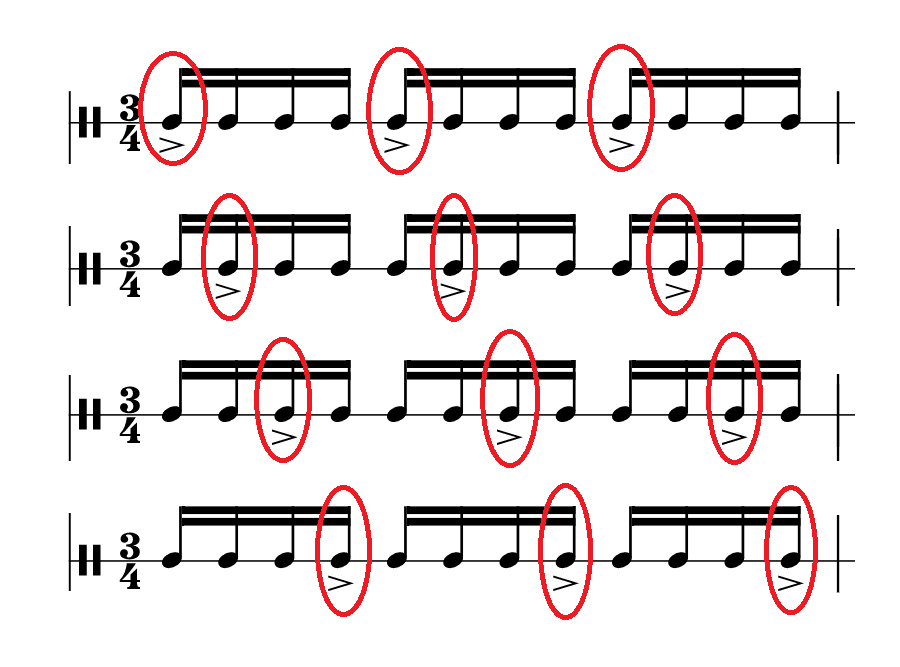
- Rhythms. Play these with strong finger tips and keep them rhythmically sharp.
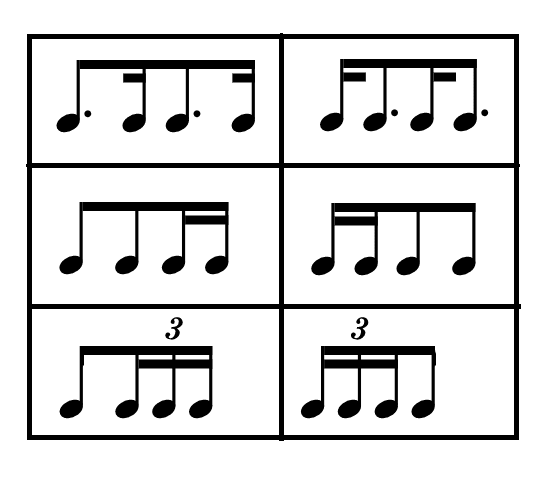
Bar 213: Broaden into m. 214.
Bar 248: Start again. Then a huge crescendo.
Bars 278-281: Move your gaze and head in the direction of the next leap a little ahead of your hands. It makes the leaps easier and accurate.
Accompaniment
Orchestral Accompaniment of Tchaikovsky Piano Concerto No.1, tempo matched to Barry Douglas and the London Symphony Orchestra, conducted by Leonard Slatkin.
Find out more: https://tonicchord.com/piano/73-tchaikovsky-piano-concerto-no1-in-b-flat-minor-op23.html
Analysis
Click here: https://tonic-chord.com/tchaikovsky-piano-concerto-no-1-analysis/

